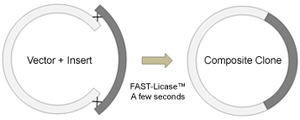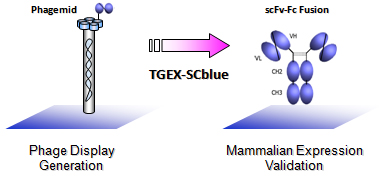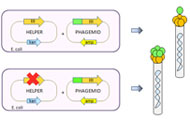A
ntibody Design Labs is proud to announce the availability of the FAST-Licase cloning system. FAST-licase enables the ultra-fast cloning in just a few seconds of two or more DNA fragments by homologous recombination. This novel toolbox for the molecular biologist rethink traditional cloning with immense savings of both time and money.






